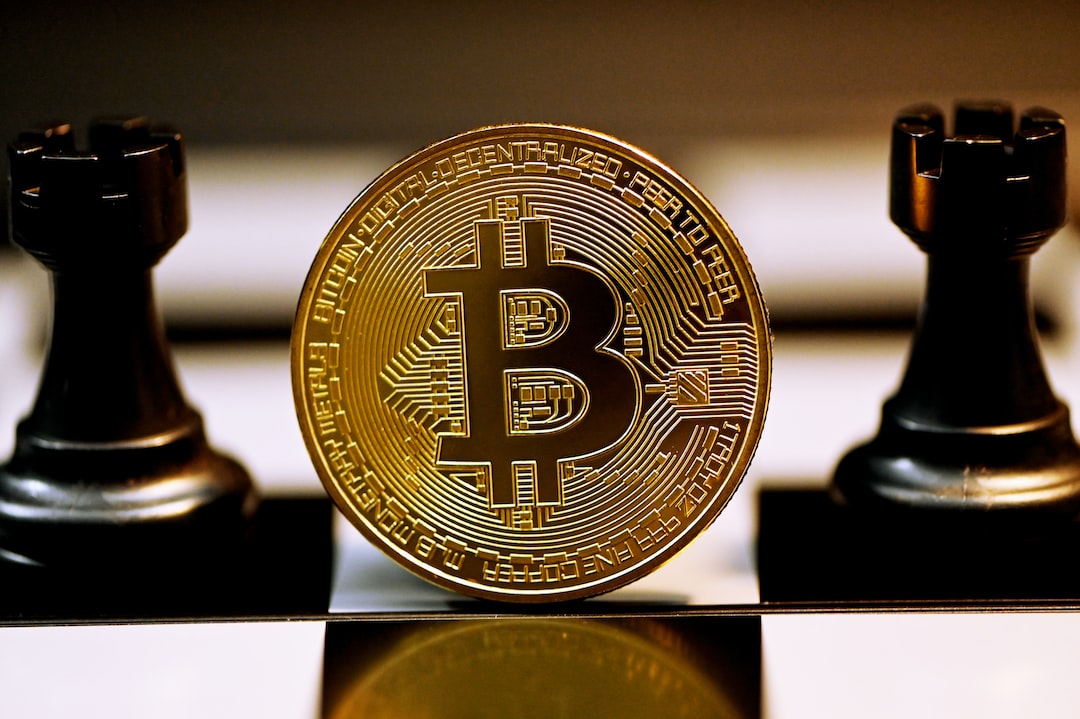Wanchain Coin Review: Is it the Future of Cross-Chain Finance?
Cryptocurrency has revolutionized the way we think about money and finance. With the rise of blockchain technology, new possibilities have emerged for decentralized finance (DeFi) and cross-chain interoperability. Wanchain is a project that aims to bridge the gap between different blockchains, allowing for seamless transfer of assets and data across multiple networks. In this article, we will take a closer look at Wanchain and explore whether it has the potential to be the future of cross-chain finance.
What is Wanchain?
Wanchain is a blockchain platform that focuses on interoperability between different blockchains. It was founded in 2017 with the goal of creating a distributed financial infrastructure that connects various digital assets. The platform uses a combination of secure multi-party computing and threshold key sharing to enable cross-chain transactions.
One of the key features of Wanchain is its ability to connect with both public and private blockchains, making it a versatile solution for businesses and individuals alike. This interoperability allows for the seamless transfer of assets and data between different blockchains, opening up new possibilities for decentralized applications and financial services.
WAN Token
The native cryptocurrency of the Wanchain platform is called WAN. It serves as the fuel for all transactions on the network, including cross-chain transfers and smart contract executions. WAN can also be used for staking, governance, and paying transaction fees.
With a total supply capped at 210 million tokens, WAN is designed to be deflationary over time. This scarcity could potentially drive up its value as demand for cross-chain transactions increases. As an investor or user of the Wanchain platform, holding WAN tokens may provide you with access to various benefits within the ecosystem.
Cross-Chain DeFi
Decentralized finance (DeFi) has gained significant traction in recent years, offering users permissionless access to financial services such as lending, borrowing, and trading. However, most DeFi applications are limited to a single blockchain, creating siloed ecosystems that restrict interoperability.
Wanchain aims to address this issue by enabling cross-chain DeFi applications that can leverage assets from multiple blockchains. This opens up new opportunities for liquidity provision, asset management, and decentralized exchange services across different networks.
If you are interested in participating in DeFi but are concerned about being limited to a single blockchain, Wanchain’s cross-chain capabilities could offer you greater flexibility and access to a wider range of financial opportunities.
The Future of Cross-Chain Finance
As blockchain technology continues to evolve, the need for interoperability between different networks becomes increasingly important. Wanchain’s approach to cross-chain finance has the potential to play a significant role in shaping the future of decentralized finance.
By providing seamless connectivity between disparate blockchains, Wanchain opens up new possibilities for innovation in areas such as asset management, decentralized exchange, and peer-to-peer lending. If you believe in the potential of cross-chain finance to transform the traditional financial system, Wanchain may be worth considering as part of your investment portfolio.
Symbols and Acronyms
- DeFi: Decentralized Finance
- WAN: Native cryptocurrency of Wanchain platform
- Cross-Chain: Interoperability between different blockchains
- Smart Contract: Self-executing contract with terms directly written into code
- Ecosystem: Community and environment surrounding a particular cryptocurrency or platform
Frequently Asked Questions (FAQs)
What is cross-chain finance?
Cross-chain finance refers to the ability to transfer assets and data seamlessly between different blockchains. It enables interoperability between disparate networks, allowing users to access a wider range of financial services and opportunities.
How does WAN token work within the Wanchain ecosystem?
The WAN token serves as the native cryptocurrency of the Wanchain platform. It is used for transactions, staking, governance, and paying fees within the ecosystem. Holding WAN tokens may provide users with access to various benefits within the Wanchain network.
What are some potential use cases for cross-chain DeFi?
Cross-chain DeFi opens up new possibilities for liquidity provision, asset management, decentralized exchange services across different networks. It allows users to leverage assets from multiple blockchains when participating in decentralized finance applications.
In conclusion
Cryptocurrencies have brought about exciting innovations in finance through blockchain technology. With projects like Wanchain leading the way in cross-chain interoperability and decentralized finance (DeFi), there are promising opportunities for users looking to diversify their investment portfolios or participate in innovative financial services.
Whether you are an investor or someone interested in exploring new financial technologies,
Wanchain’s vision for cross-chain finance could offer you unique advantages within an ever-evolving crypto landscape.
Remember that investing in cryptocurrencies carries risks, so it’s important to do your own research before making any investment decisions.
If you believe in the potential of cross-chain finance to transform traditional financial systems,
Wanchain might just be your ticket into this exciting new world.





 By
By
 By
By
 By
By
 By
By
 By
By
 By
By